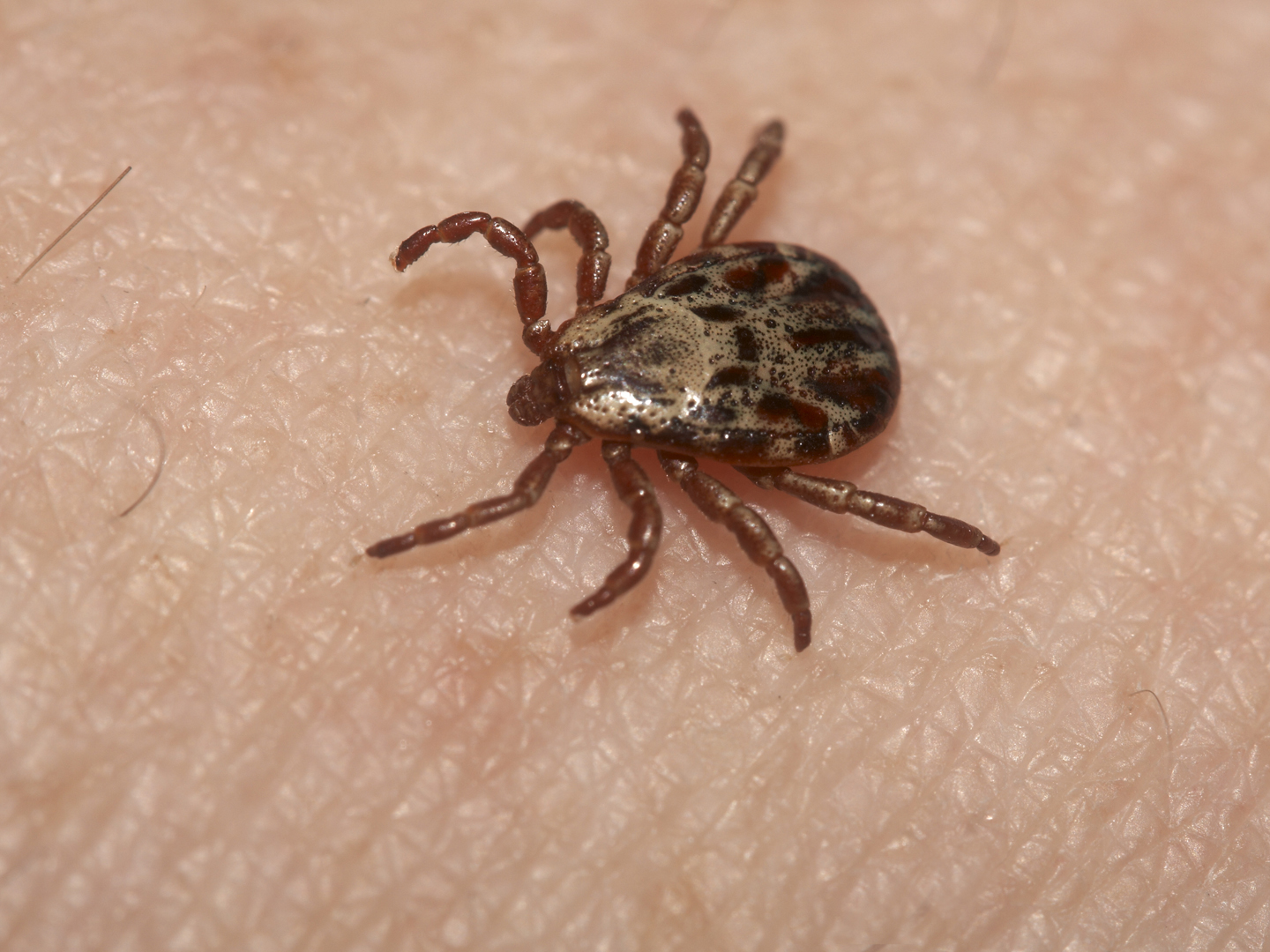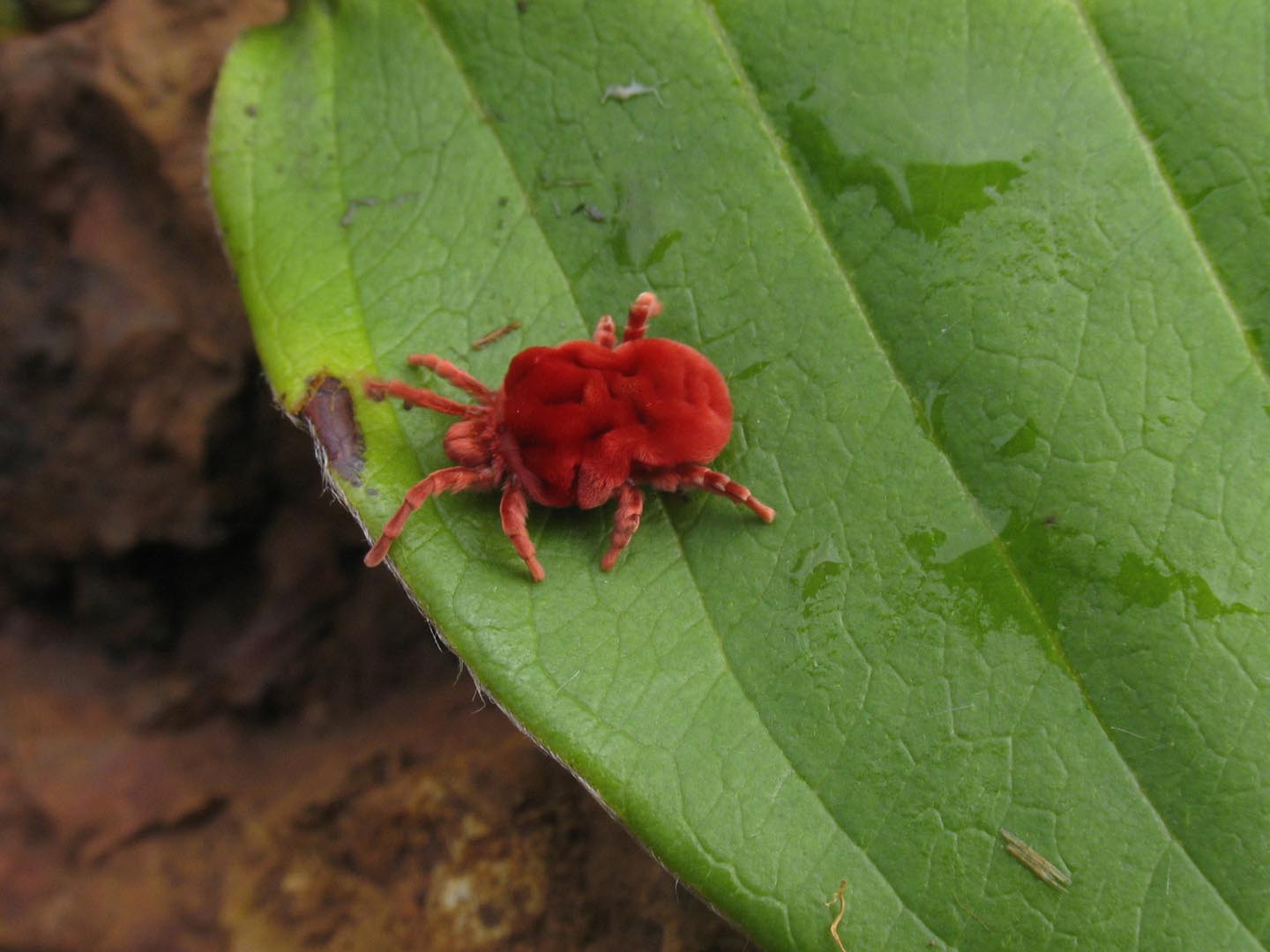Another Tick Threat?
I understand that there’s a new danger from tick bites that is worse than Lyme disease, and that a virus transmitted by these bites can actually kill you. Can you tell me where these ticks are and how to avoid them?
Andrew Weil, M.D. | June 23, 2015

You’re referring to the Powassan (POW) virus that has been getting a lot of media attention recently, probably because it is the new kid on the block among dangerous infections stemming from tick bites. The virus was named for the town in Ontario, Canada, where it was first identified.
As you note, ticks can transmit the virus to humans and the infection can prove fatal. Symptoms can include encephalitis, an inflammation of the brain, and meningitis, inflammation of the membranes surrounding the brain and spinal cord. While still considered rare, reported cases of POW virus infection are becoming more frequent.
According to the U.S. Centers for Disease Control and Prevention (CDC), approximately 60 cases of POW virus disease were reported in the United States over the past 10 years. In addition to Canada and the U.S., the infections have been seen in Russia. One form of the virus is found in Ixodes cookei (groundhog ticks). A second form is found in Ixodes scapularis (deer ticks). Both of these ticks can transmit the disease to humans in less than an hour after biting, much more rapidly than in the case of Lyme disease, which requires ticks to be attached to you for at least 24 hours.
In the U.S., most POW infections have occurred in the Northeast and the Great Lakes region during the late spring, early summer and mid-fall when ticks are most active. The risk is greatest for people who live, work or spend time in brush or wooded areas.
If you’re bitten, you may not develop any symptoms at all, but those that do occur can appear from one week to one month afterwards. Symptoms of encephalitis and meningitis include fever, headache, vomiting, weakness, confusion, loss of coordination, speech difficulties, and seizures. While there’s no specific treatment, affected individuals often must be hospitalized for respiratory support, intravenous fluids, or administration of drugs to reduce swelling in the brain. According to the CDC, about 10 percent of the encephalitis cases are fatal, and approximately half of survivors of encephalitis and meningitis are left with permanent neurological symptoms, such as recurrent headaches, muscle wasting and memory deficits.
Your best defense against tick bites is to stay out of the areas they inhabit. If you can’t do that, tuck your pants into your socks and use a natural tick repellent on your skin and clothing. (A number of these products are on the market. You can also find online recipes for making your own tick repellent from essential oils, though I cannot vouch for their effectiveness.) Be sure to check yourself, your gear and your pets carefully when you get back home. To protect pets, you can try a natural product called Flea N’ Tick Begone.
The CDC recommends treating clothing and gear with permethrin, a potent insecticide in spray form that remains protective through several washings.
Andrew Weil, M.D.
Source:
Powasson Virus, U.S. Centers for Disease Control and Prevention, http://www.cdc.gov/powassan/ accessed April 16, 2015









